Minnesota Garden Ideas: Fresh Inspiration for Your Backyard Oasis
Minnesota’s diverse climate offers unique opportunities for creating beautiful gardens that thrive throughout the year. Whether you are new to gardening or a seasoned pro, there are many plants and design ideas that can make your space both functional and stunning. What are some creative garden ideas that work well in Minnesota’s varying seasons?
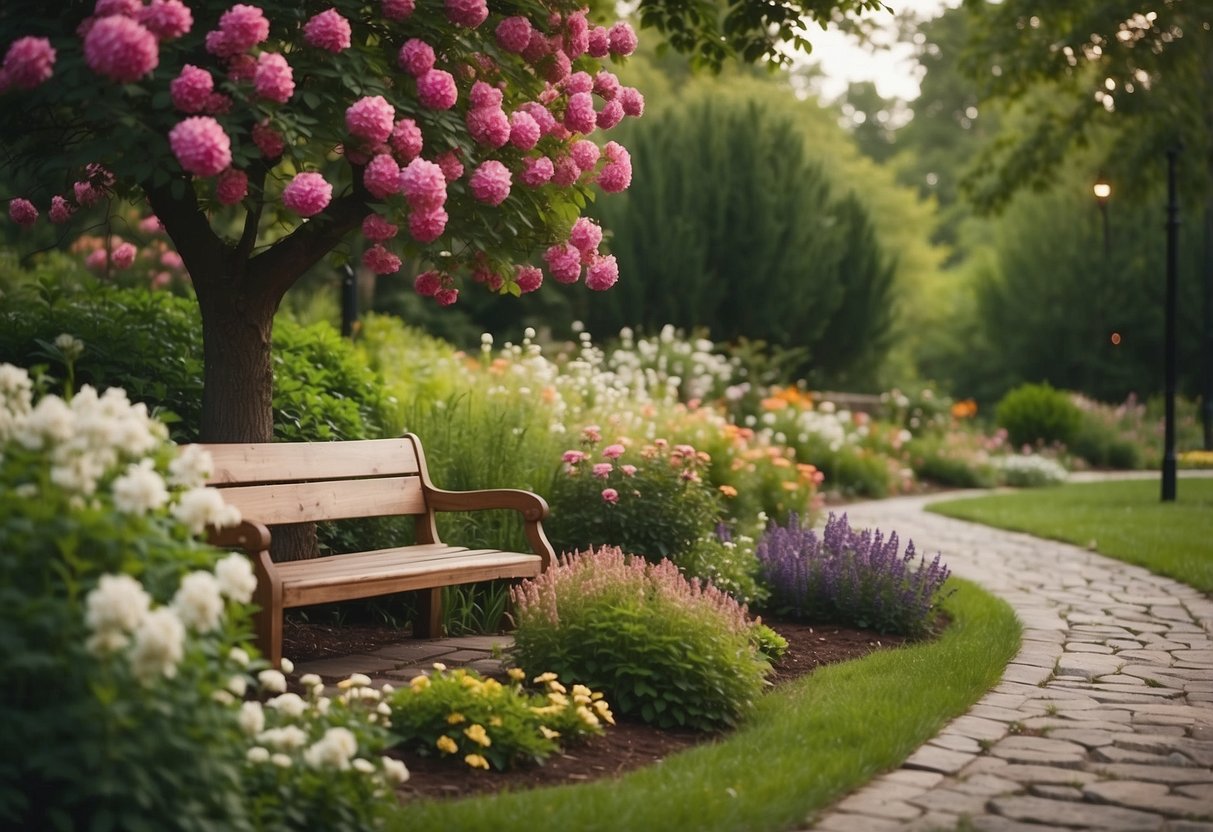
With a little planning, you can transform your garden to be a gorgeous retreat, no matter the season. From hardy perennials that endure the cold winters to vibrant flowers that bloom in the summer, there’s plenty to explore and enjoy. Embrace the challenge and watch your garden come to life!
1) Native Wildflower Beds

Native wildflower beds can make your garden burst with color. They are low-maintenance and attract pollinators.
Plants like Zigzag Goldenrod thrive in both sunny and shady spots.
Consider adding milkweed to attract monarch butterflies. Other great choices are Echinacea and black-eyed Susan for summer blooms.
For spring, crocus, hyacinth, and wild lilac provide early nectar for bees. Opt for loam or sandy loam soil to help your wildflowers thrive.
2) DIY Vertical Herb Planter
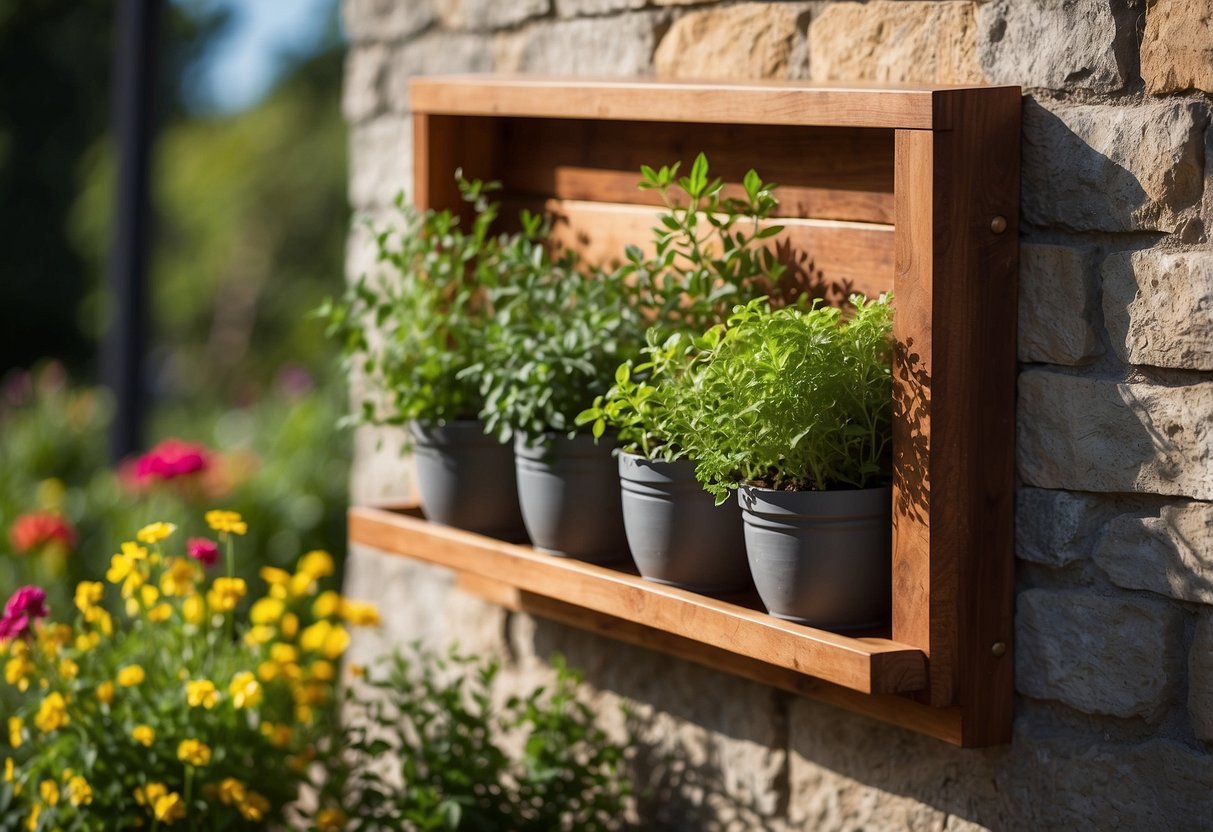
Creating a DIY vertical herb planter is a wonderful way to maximize your gardening space. Use reclaimed wood or a wooden pallet to build the structure. Attach small planters or pots to the wood with hooks or brackets.
You can also modify an Ikea bar cart to create a mobile vertical herb garden. This makes it easy to move your plants around. Learn more about this idea here.
Another option is hanging shelves with terra-cotta pots. Drill holes in pine boards and string them up with rope. Check out the details here.
3) Pollinator-Friendly Plants
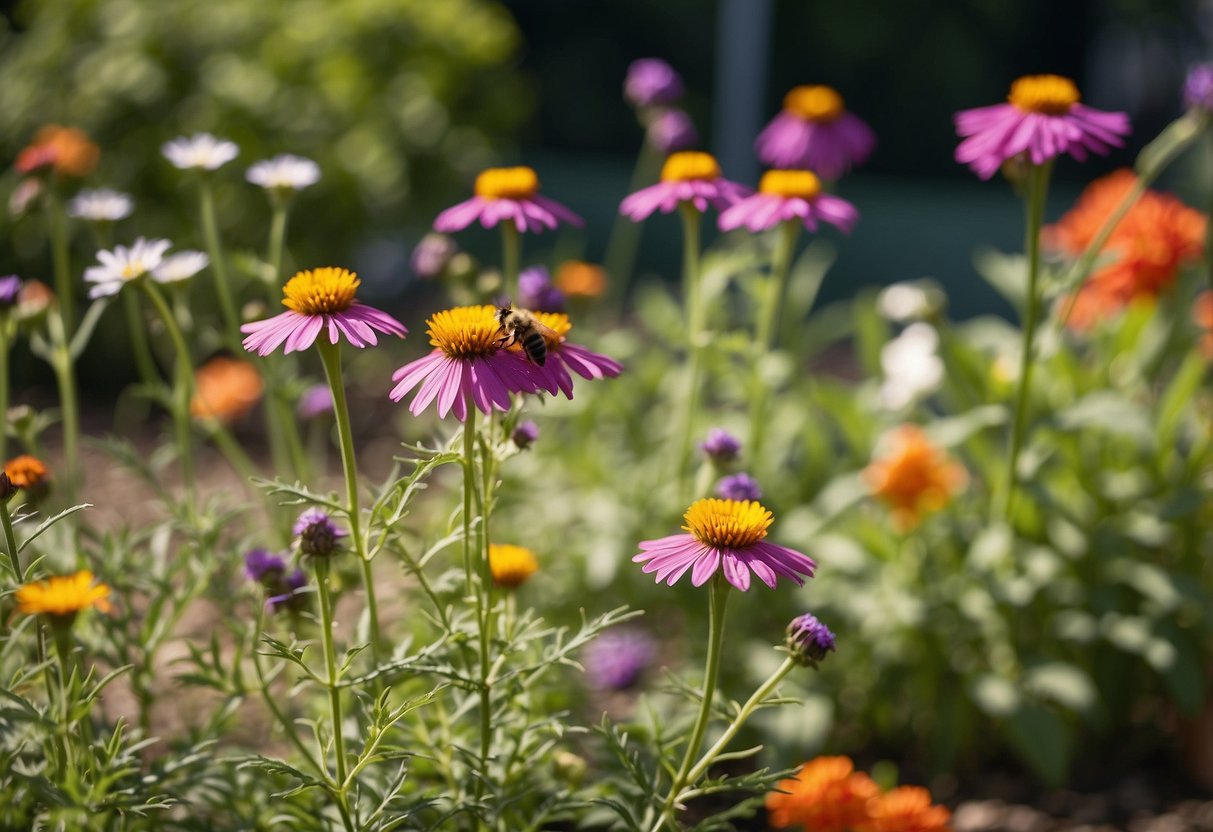
Adding pollinator-friendly plants to your Minnesota garden is a fantastic idea. These plants help support bees, butterflies, and other pollinators.
Consider plants like milkweed and coneflower. They are great for attracting butterflies.
For bees, plant bee balm and black-eyed Susans. These flowers provide lots of nectar.
Try adding native shrubs like buttonbush for a little variety. They offer excellent habitat for pollinators.
Check out this list of great pollinator plants for more ideas.
4) Recycled Garden Art

Why not give new life to old items in your garden?
Turn a broken chair into a unique plant stand. It adds character and charm.
Old kitchen items can also shine. Try using a teapot as a quirky birdhouse.
Check out these creative projects for more recycled garden art ideas.
Explore curbside giveaways and salvage shops for hidden gems. Repainting can make them pop.
Repurposing items is not only fun but also eco-friendly. It’s a great way to personalize your garden.
5) Edible Flower Garden
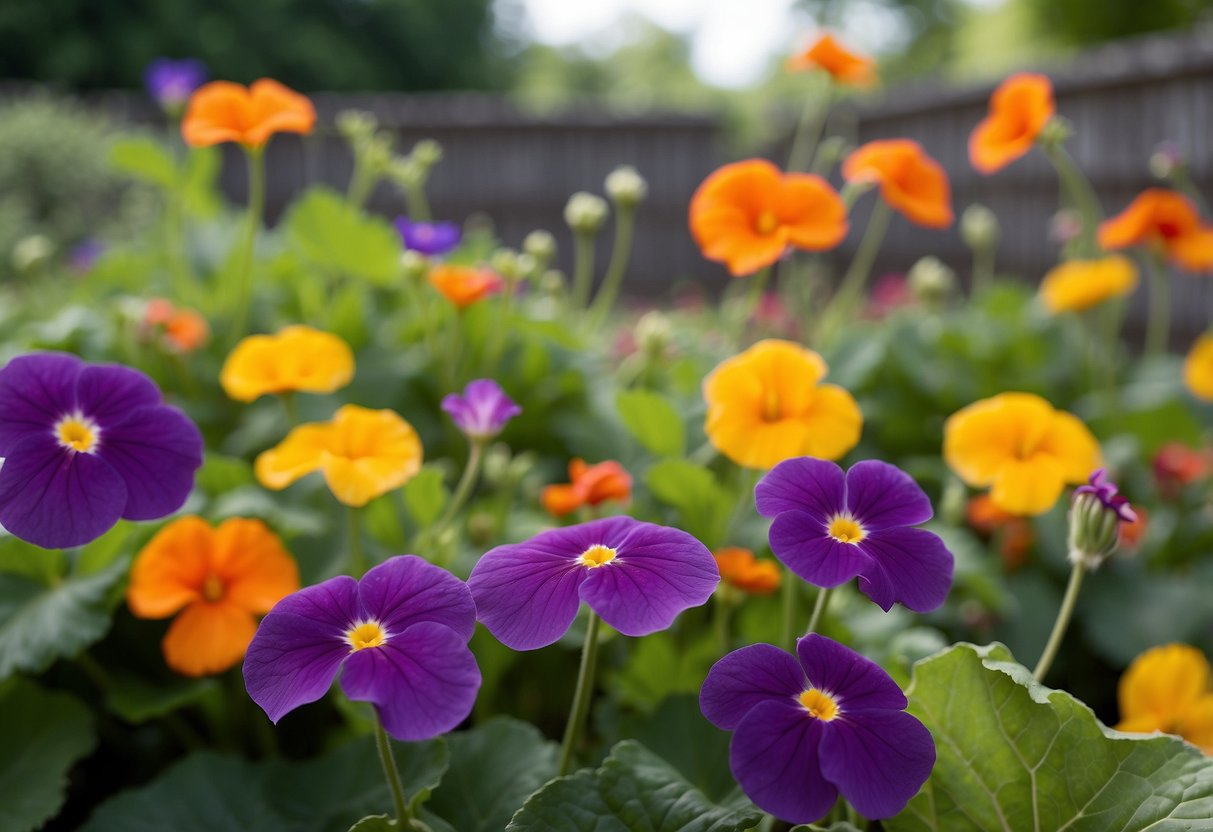
Creating an edible flower garden in Minnesota can be both fun and rewarding. Many flowers are not only beautiful but also taste great. For example, nasturtiums have a peppery flavor that adds a spicy kick to salads.
Hostas are another good choice. You can eat both the flowers and the leaves. They’re easy to grow and look pretty too.
Also, consider planting bee balm. Its flowers taste like Earl Grey tea and work well in homemade butter or teas. Give these flowers a try and enjoy their unique flavors!
6) Water Feature Ideas
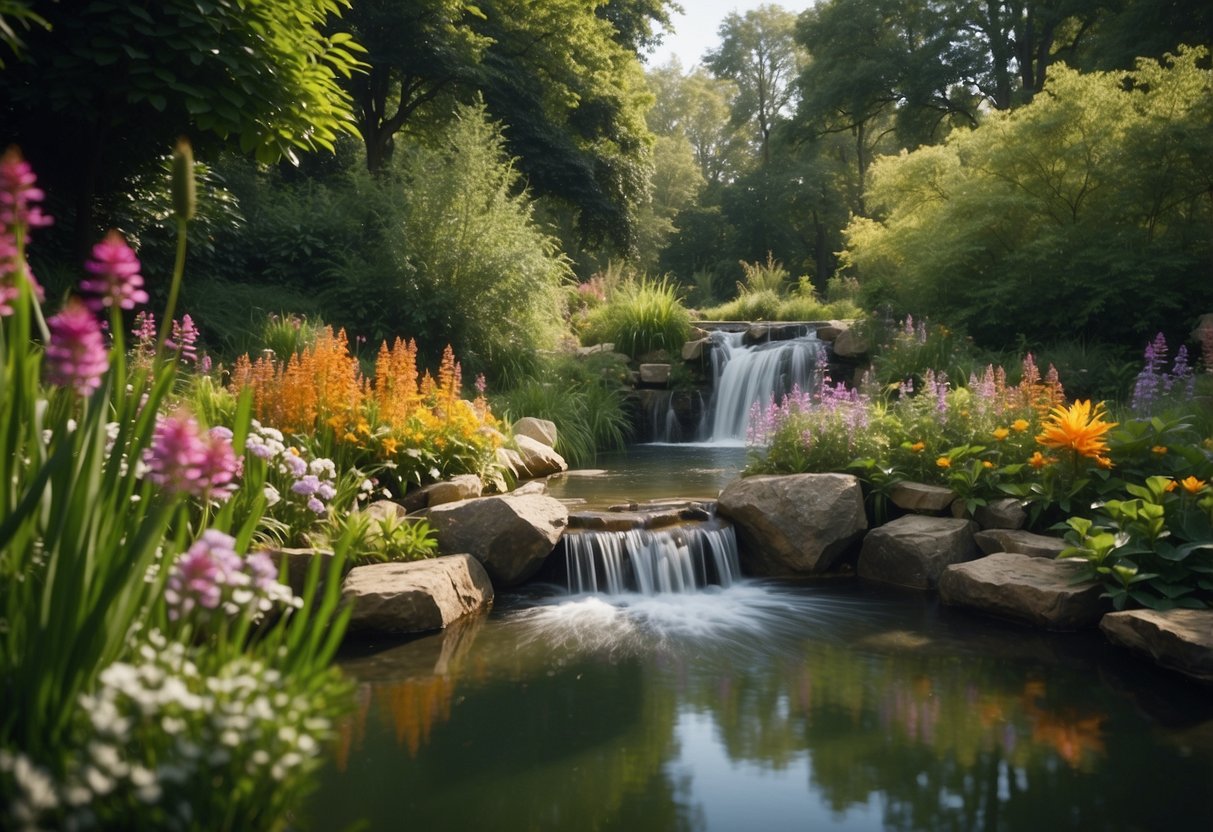
Adding water features to your garden can create a peaceful and inviting atmosphere.
Consider installing fun fountains and spitters, which are perfect for smaller spaces. You can learn more about these options from KG Landscape.
Another great idea is a small pond, which can easily fit into a garden nook. They offer a calming effect and are simple to maintain. Check out more about it here.
7) Shade Garden Design
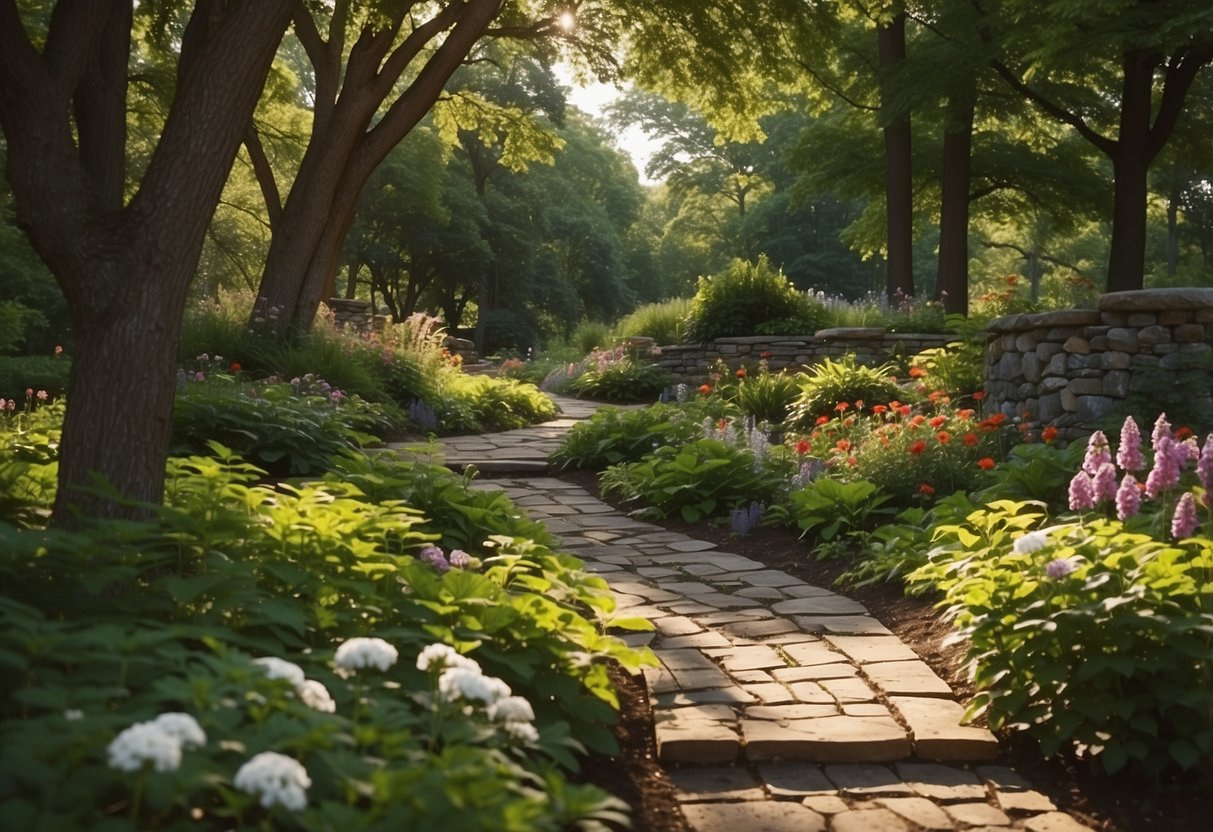
Creating a shade garden in Minnesota can be both fun and rewarding. Hostas are a favorite choice for shady areas. They make excellent ground cover and look great on tough-to-mow hillsides.
For variety, consider plants like balsam fir and ferns. These add different textures and visual interest.
Don’t forget about unusual containers. Pails, troughs, and even wagons can hold plants, as long as you add drainage holes. This adds charm and personality to your garden. Happy gardening!
8) Raised Vegetable Beds

Raised vegetable beds are a great option for your garden. They offer better soil structure and drainage, which is ideal for growing healthy plants.
You can build a simple box using lumber. For example, three 2-by-10 inch boards and three 2-by-4 inch boards can create a sturdy frame (Minnesota State).
Raised beds also warm up faster in the spring, giving you a head start on your gardening season (UMN Extension). Great vegetables to grow include radishes and beans, which are easy and fast-growing (Epic Gardening).
9) Perennial Border Gardens

Creating a perennial border garden in Minnesota is a great way to add color and structure to your landscape. You can choose plants like Delphiniums which offer a variety of colors including blue, purple, and pink.
Sunny yellow Day Lilies are also a beautiful option. They bloom the first year you plant them and work well in many settings.
For a unique touch, consider Allium. This ornamental onion is easy to grow and has striking pom-pom blooms.
10) Butterfly Gardens

Butterfly gardens bring color and life to your yard. You can use native plants like milkweeds and blazing stars to attract butterflies. These might be found at nurseries that focus on prairie plants.
Avoid broad spectrum pesticides to keep the butterflies safe. Group flowers of similar colors together for a beautiful and captivating garden.
Consider planting milkweed in containers, perfect for attracting monarch butterflies. This can be both easy and effective. For more ideas on creating a butterfly-friendly garden, check out Epic Gardening.
Planning Your Minnesota Garden

In Minnesota, selecting the right plants and designing a practical garden layout is the key to a beautiful and thriving garden. Consider your region’s climate, your garden’s soil, and your desired aesthetic.
Choosing the Right Plants
It’s crucial to pick plants well-suited to Minnesota’s climate. Perennials such as honeysuckle and hydrangeas, mentioned in these backyard garden ideas, thrive here. Purple Coneflower, Wild Bergamot, and Black-eyed Susan are other great options that can add color and require less care.
Think about the type of garden you want. Mixing flowers, vegetables, and fruits can enhance both beauty and utility. As an interesting idea, planting Cosmos with asparagus can create a “beautiful bouquet” effect after the asparagus season, according to garden design tips.
To avoid overwatering, which can lead to root decay, ensure proper watering practices. Learn your plants’ needs, and water them accordingly. This simple care makes a significant difference in maintaining healthy, vibrant plants.
Creating a Garden Layout
A well-planned layout can make your garden both beautiful and functional. Start by assessing your space and deciding where each plant will go. Combine different garden areas to maximize both utility and aesthetics.
For example, integrate a flower garden with your vegetable patch. Planting easy-to-grow flowers like cosmos near your vegetables can enhance the overall look and help attract pollinators. Consider features like fire pits or outdoor fireplaces to extend the usability of your garden into cooler seasons, as suggested here.
Keep pathways clear and accessible for maintenance and enjoyment. Aim for a layout that offers easy access to all your plants while maintaining an attractive appearance. This will help you enjoy your garden all year round.
Caring for Your Garden
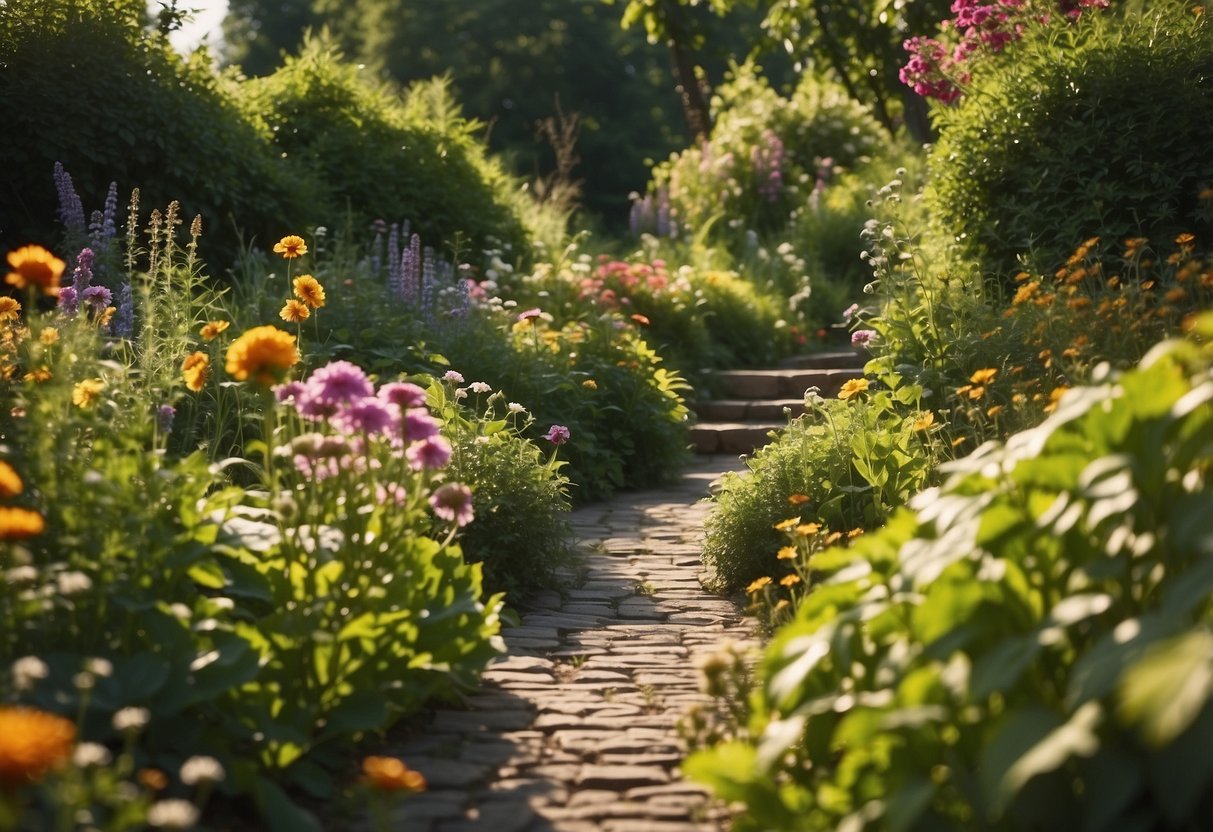
Taking care of your garden involves crucial steps like preparing the soil properly and using effective watering techniques. By focusing on these areas, you will ensure that your plants thrive throughout the growing season.
Soil Preparation and Maintenance
First, test your soil to understand its pH level and nutrient content. You can buy a soil test kit from a garden center. Adjust the pH if needed by adding lime or sulfur.
Next, enrich the soil with organic matter. Compost, manure, or leaf mold improves soil texture and provides nutrients. Spread a 2-3 inch layer and mix it into the top 6-8 inches of soil.
Every spring, add a layer of mulch. This keeps moisture in and weeds out. Use organic mulch like straw or wood chips. In addition, remove any weeds regularly to prevent them from competing with your plants.
Watering Techniques
Watering correctly is key to a healthy garden. Early morning is the best time to water. This gives plants time to absorb moisture before the sun gets too hot.
Use drip irrigation or soaker hoses. These methods deliver water directly to the soil, reducing evaporation and saving water. Avoid overhead watering because droplets on leaves can lead to diseases.
Water deeply but infrequently. Check the soil moisture by sticking your finger about an inch into the soil. If it feels dry, it’s time to water. Water enough so that it soaks into the root zone but not so much that it creates puddles. This balance helps prevent root rot and encourages deep root growth.







